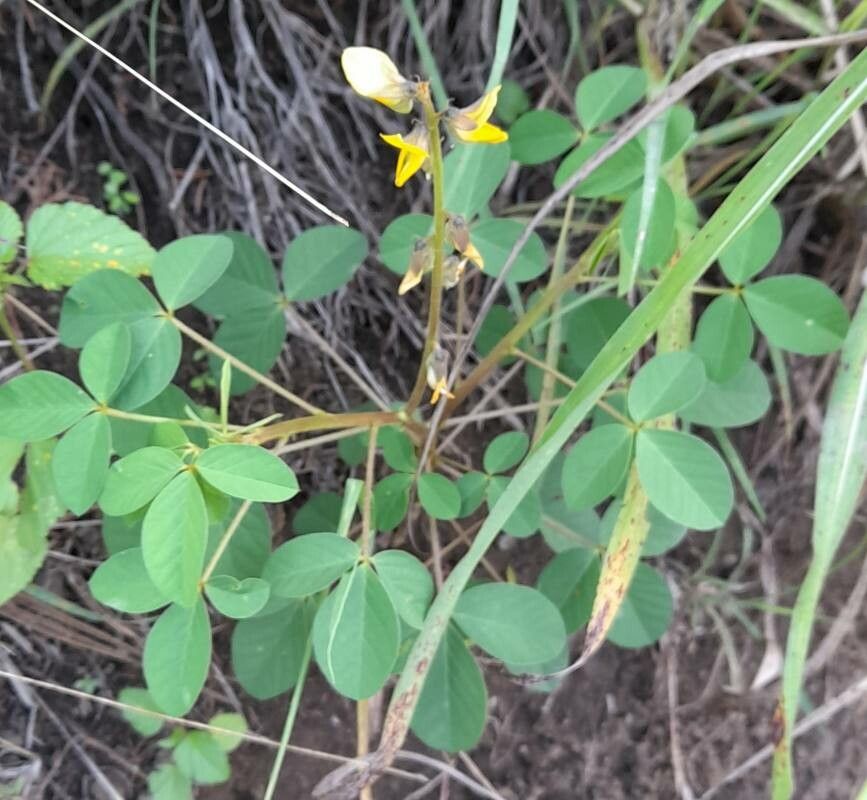Unlocking the Secrets of Crotalaria pallida: A Propagation Guide
Crotalaria pallida, also known as the smooth rattlepod or yellow rattlebox, is a striking plant known for its vibrant yellow flowers and unique seed pods. While its beauty is undeniable, many gardeners shy away from incorporating it into their landscapes due to unfamiliarity with its propagation. Fear not! This guide will unlock the secrets of propagating Crotalaria pallida, empowering you to successfully grow this fascinating plant.
Seed Propagation: Embracing the Cycle of Life
The most common and reliable method for propagating Crotalaria pallida is through its abundant seeds. Here’s a step-by-step guide:
- Seed Collection: As the name suggests, the rattlepods hold the key to propagation. Once the pods turn brown and dry on the plant, carefully collect them.
- Seed Extraction: Gently crush the pods to release the small, hard seeds within.
- Seed Scarification: To enhance germination rates, lightly scarify the seeds. This can be done by gently rubbing them between two pieces of sandpaper or nicking their outer coating with a nail clipper.
- Sowing the Seeds: Plant the scarified seeds in a well-draining seed starting mix, covering them lightly with soil.
- Providing Optimal Conditions: Place the seed tray in a warm, sunny location. Keep the soil consistently moist but not waterlogged.
- Germination: Be patient! Germination typically takes 2-4 weeks.
- Transplanting: Once the seedlings have developed a strong root system and a few sets of true leaves, transplant them into individual pots or directly into your garden.
Important Considerations for Seed Propagation:
- Timing is Key: Sow seeds indoors 6-8 weeks before the last expected frost in your area or directly outdoors after the danger of frost has passed.
- Sunlight Needs: Crotalaria pallida thrives in full sun, so choose a sunny location for your seedlings and transplants.
- Well-Draining Soil: Adequate drainage is crucial to prevent root rot.
Beyond Seeds: Exploring Alternative Propagation Techniques
While seed propagation is the most common method, Crotalaria pallida can also be propagated through cuttings:
- Taking Cuttings: During the growing season, take softwood cuttings from healthy, actively growing stems.
- Preparing the Cuttings: Remove the lower leaves from the cuttings and dip the cut end in rooting hormone (optional but recommended).
- Planting the Cuttings: Plant the cuttings in a well-draining potting mix and place them in a warm, humid environment.
- Encouraging Root Development: Cover the cuttings with a plastic bag or humidity dome to maintain moisture.
- Transplanting Rooted Cuttings: Once roots have developed, transplant the cuttings into individual pots or your garden.
Embracing the Beauty of Crotalaria Pallida
Propagating Crotalaria pallida might seem daunting at first, but with a bit of patience and care, you can successfully cultivate this unique plant. Its vibrant yellow flowers, fascinating seed pods, and ability to attract pollinators make it a rewarding addition to any garden. By following the techniques outlined in this guide, you can unlock the secrets of Crotalaria pallida propagation and enjoy its captivating beauty in your own backyard.
